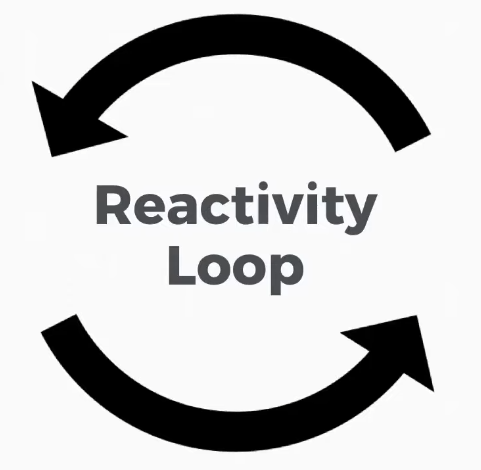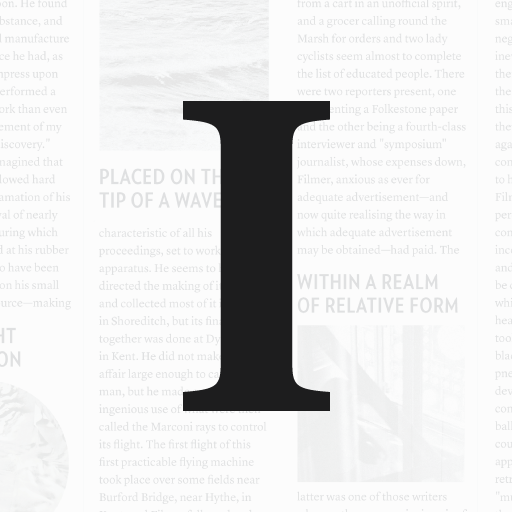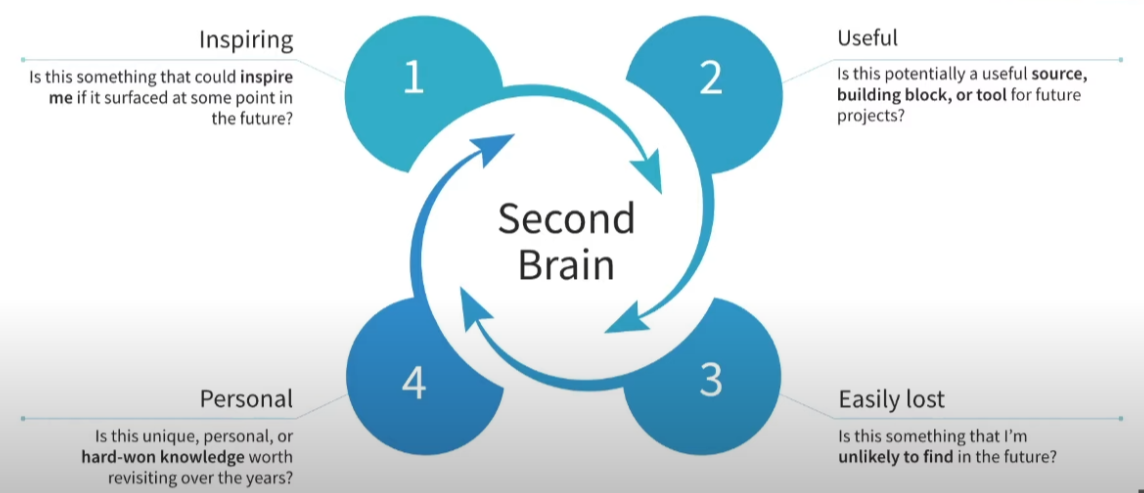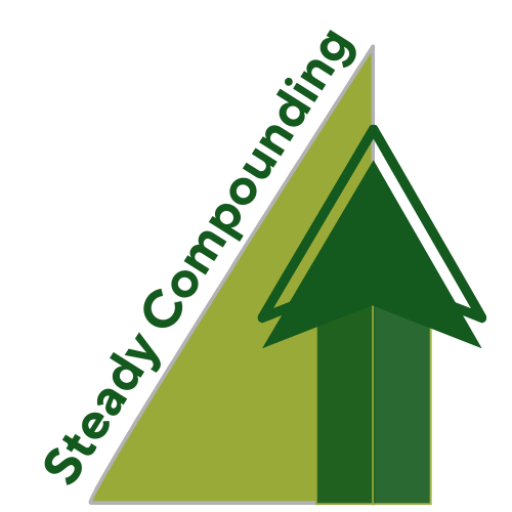Being a writer or a student means that you have to consume a ton of information.
However, there is only so much that we can retain.
And it’s especially annoying when you have a vague idea of an article you come across before but have no way of retrieving that information.
Today, I will share with you the tools and systems I use to build my second brain—a place I go to when I need to draw on ideas and retrieve information.
It’s split into three parts: (1) Escaping the reactivity loop, (2) Storing articles to read later, and (3) Filing them into your second brain.
1) Escaping the Reactivity Loop
Information is going to come at us from multiple sources—books, web articles, social media, podcasts, research papers and more.
The problem comes when we are unintentional about the information consumed.
It could come in the form of following too many low-quality accounts on Twitter or Instagram, reading clickbaity news articles or getting lost in Youtube’s rabbit hole.
The reactivity loop is a place where we react to every single piece of information that gets thrown at us because we did not curate our information flow.

Set a high bar for yourself. Only allow high-quality content into your feed or inbox.
Here is what I do:
1) Regularly unfollow or mute Twitter, Instagram or Facebook accounts that don’t value-add you.
2) Disable auto-play in Youtube and have two separate accounts. One for learning and one for your cat videos. This ensures that the algorithms only generate high-quality information for your learning account.
3) Unsubscribe email newsletters that don’t value-add you. Set rules in your mailbox to file your emails automatically. For example, I have rules and folders for newsletters, e-bills and statements, and general advertisements.
This way I won’t have to react to every email that lands in my inbox and I only check them on a need-to basis.
4) Go for timeless information rather than the novel and sensational. Read books that have stood the test of time or it has been recommended by someone you respect and admire. Don’t read the news, if it’s important, it will come to you.
2) Storing Articles to Read Later
Throughout your working day, there’ll be plenty of information thrown at you. It could be from social media, your friends or the newsletter that you subscribed to.
These information could be good, great or simply just a waste of time.
When we are busy, the first instinct may be to file them directly into our second brain for reading later.
Don’t do that!
Our second brain must be protected from clutter and only the best information can enter.
Download the Instapaper app and chrome extension for this.

Whenever I’m too busy to attend to an article I just received, I just send them to Instapaper for reading later.
Only allow good articles and important points to enter your second brain.
The best part about Instapaper is that you can automate this process by heading to https://ifttt.com/ to set up the linkage.

In my case, Evernote is the platform I use to hold my second brain and I set up my Instapaper to automatically file my highlights into Evernote.

3) Filing Information Into Your Second Brain
Do not hoard information in your second brain. Clutter makes it difficult to navigate and retrieve.
A good set of criteria on what information to keep:

There’re many note-taking apps out there that could be your second brain: Evernote, Notion, Roam, OneNote, and more.
One rule of thumb is that it must be frictionless for you to file your notes and the information should be easily retrieved.
I use Evernote for this purpose and classify my notes according to four main tags.

This allows me to file easily and pull out information extremely quickly based on topic, author and time period. If it’s investing-related, I simply enter the stock ticker with a $ in front.
Bonus Tip (Kindle)
If you have a kindle, download Calibre to extract your highlights.
It’s free and easy to use.
If you have other tips on how to build your second brain, leave them in the comments below!


Thanks for sharing your second brain! It’s 100% important to capture information as you consume content. I use Notion for my second brain and a concept called ZettelKasten for note-taking. I have categories similar to yours but I also have topics under each category which could be a potential article. So after I am done reading, I directly categorize the notes into categories and topics. Once, I have enough notes on a topic, I can assemble an article.
That sounds awesome! I will have to check out ZettelKasten.
Do you use the premium version or is the freemium version good enough?
Freemium is good enough. If you are planning to store a lot of media files then you might run into trouble. Most of my notes are text-based, so haven’t had any issues.